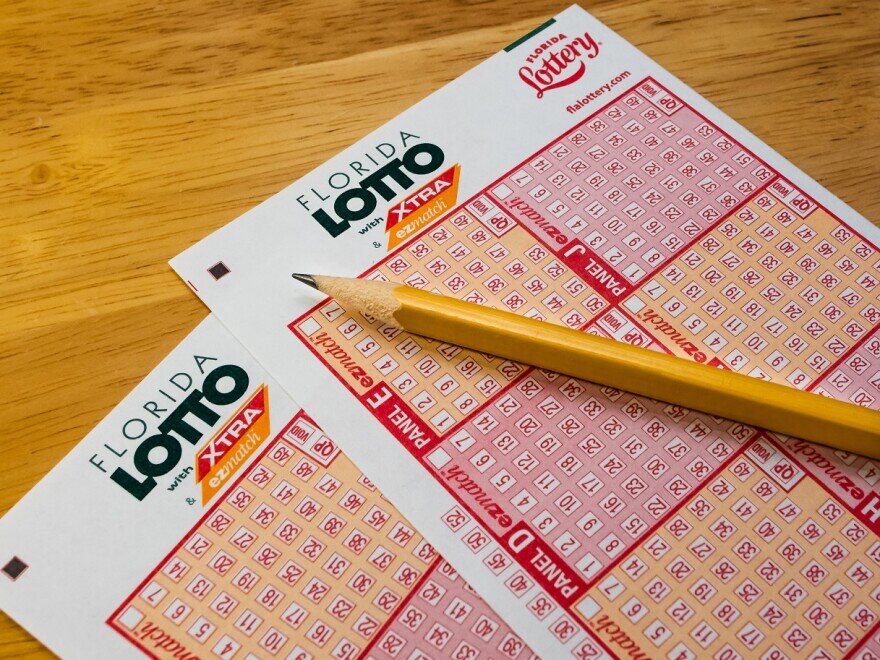Christmas, a time of warmth, joy, and festivities, holds a special place in the hearts of people around the world. This annual celebration, rooted in religious and cultural traditions, has evolved into a global phenomenon, bringing people together in the spirit of love and giving. In this exploration of Christmas, we will delve into its historical origins, cherished traditions, and the universal magic that makes it a season of joy and goodwill.
Historical Origins:
The history of Christmas dates back to ancient times, with roots in various cultures and traditions. The most widely recognized origin is the Christian celebration of the birth of Jesus Christ. The Nativity story, as recounted in the Bible, describes the miraculous birth in Bethlehem, symbolizing hope, peace, and the promise of salvation. Over the centuries, Christmas has absorbed customs from different cultures, blending religious and secular elements into a rich tapestry of festivities.
Pagan Influences:
Before the Christianization of Christmas, many ancient cultures celebrated winter solstice festivals. In Scandinavia, the Norse celebrated Yule, a festival dedicated to the god Odin. Romans observed Saturnalia, a week-long celebration honoring Saturn, the god of agriculture. These festivities, marked by feasting, gift-giving, and the lighting of candles, were later incorporated into Christmas traditions.
The Evolution of Christmas Traditions:
As Christianity spread, Christmas became an integral part of religious and cultural calendars. In the Middle Ages, Christmas celebrations took on a more festive tone, marked by elaborate feasts and community gatherings. The custom of exchanging gifts gained popularity during the Renaissance, symbolizing the gifts presented to baby Jesus by the Magi.
In the 19th century, the celebration of Christmas underwent a transformation with the influence of literature and popular culture. Charles Dickens’ “A Christmas Carol” captured the essence of the season, emphasizing generosity, compassion, and the joy of giving. The tale of Ebenezer Scrooge’s redemption became a timeless symbol of the Christmas spirit.
Victorian Christmas:

The Victorian era in the 19th century played a pivotal role in shaping the modern Christmas celebration. Queen Victoria and Prince Albert popularized the Christmas tree, a tradition borrowed from Prince Albert’s native Germany. The image of a festively decorated tree, adorned with ornaments and lights, became an iconic symbol of the season.
Caroling, holiday cards, and the introduction of Christmas crackers further enriched the festivities. The concept of Santa Claus, inspired by the Dutch figure Sinterklaas, evolved into the jolly, gift-giving character we know today. The publication of Clement Clarke Moore’s poem, “A Visit from St. Nicholas,” solidified the modern image of Santa Claus as a rotund, cheerful figure who travels on a sleigh pulled by reindeer.
Global Celebrations:
While Christmas has deep Christian roots, its celebration transcends religious boundaries, uniting people from diverse backgrounds in a shared experience of joy and goodwill. Around the world, unique customs and traditions contribute to the global tapestry of Christmas celebrations.
In the United States, the holiday season kicks off with Thanksgiving in late November, followed by a month-long buildup to Christmas Day. Festive decorations, holiday markets, and the lighting of Christmas trees in public spaces create a magical atmosphere. The tradition of hanging stockings by the fireplace and leaving out cookies for Santa is eagerly embraced by children, adding to the enchantment of the season.
In the United Kingdom, Christmas is marked by the Christmas pudding, a rich and fruity dessert often set ablaze before serving. The Queen’s Christmas message, broadcast to the nation, is a cherished tradition that reflects on the year gone by and offers words of hope and inspiration.
In Italy, the festive season is celebrated with elaborate nativity scenes, known as presepi. Families come together for the Feast of the Seven Fishes on Christmas Eve, a culinary tradition featuring a variety of seafood dishes. The vibrant atmosphere is enhanced by the lighting of bonfires and the exchange of small gifts.
In Scandinavia, the celebration of St. Lucia’s Day in mid-December involves a procession of children wearing white robes and candles, symbolizing light overcoming darkness. The Scandinavian tradition of the Yule log, a large wooden log burned in the fireplace, harks back to ancient customs and adds a touch of warmth to the winter festivities.
In Australia, where Christmas falls during the summer months, the holiday is often marked by outdoor barbecues, beach gatherings, and festive lights adorning homes. The iconic Christmas carol “Jingle Bells” is sometimes humorously adapted to reflect the Southern Hemisphere’s warm climate.
The Magic of Christmas Spirit:
Beyond the traditions and festivities, the true magic of Christmas lies in the spirit of giving, kindness, and goodwill. Charitable initiatives and acts of generosity become more pronounced during the holiday season. Many people volunteer their time at shelters, donate to food banks, and participate in community outreach programs, embodying the essence of Christmas as a season of compassion.
The act of gift-giving, a tradition with roots in the story of the Magi presenting gifts to the newborn Jesus, symbolizes love and thoughtfulness. Choosing the perfect gift for a loved one and seeing their joy upon unwrapping it creates cherished memories that endure long after the holiday season has passed.
Family and togetherness take center stage during Christmas, with gatherings that often include festive meals, shared laughter, and the exchange of stories. The warmth of these connections fosters a sense of belonging and strengthens the bonds that define the holiday season.
Conclusion:
In the grand tapestry of human traditions and celebrations, Christmas stands out as a beacon of light and joy. From its historical origins to the global celebrations that span continents, Christmas is a time when people come together to celebrate love, kindness, and the magic of the season. Whether in the exchange of gifts, the sharing of festive meals, or the simple joy of being with loved ones, Christmas serves as a reminder of the universal values that connect us all. As we embrace the traditions and festivities that make Christmas special, let us also carry forward the spirit of goodwill and compassion into the coming year, ensuring that the magic of Christmas continues to brighten our lives and our world.






